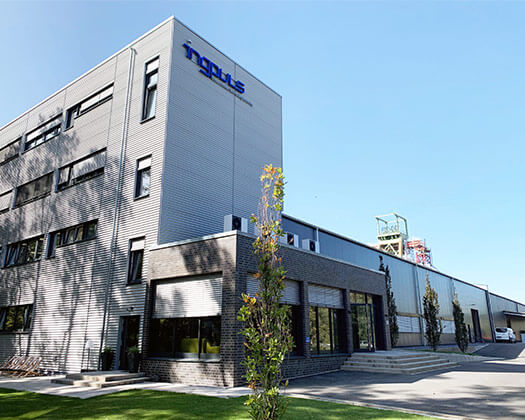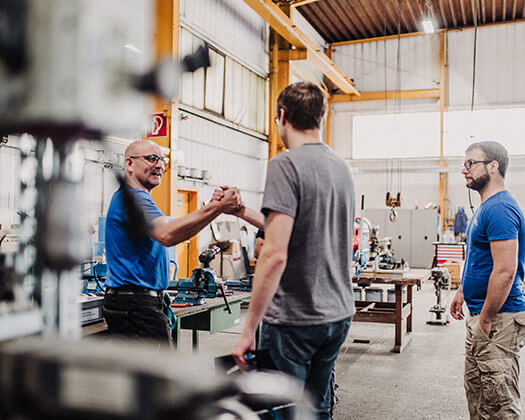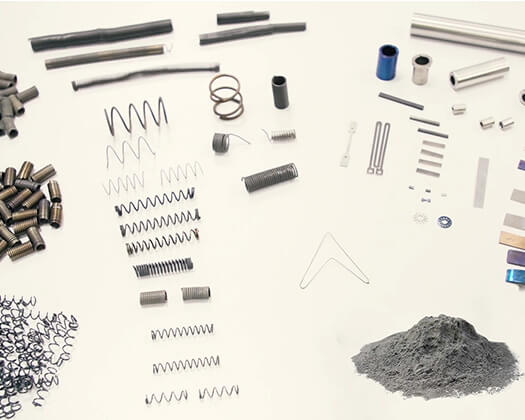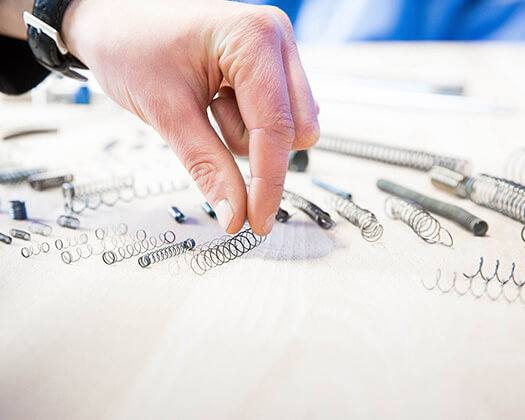What is an actuator?
The function of a shape memory alloy actuator or actuator (SMA actuator / SMA actuator) is to convert supplied energy into mechanical work. This work is used in the form of stroke and force to perform actuation tasks in a system. In the context of shape memory alloys (SMA), heat energy is converted into mechanical work. The heat can come from a surrounding medium or transmission of an electric current. In the second case, the electrical energy is first converted into heat, which in turn is converted into mechanical work through the martensitic transformation in nickel-titanium.
Operating principles of SMA actuators / actuators
SMA actuators have different principles of action. These include the principles of tension, compression, bending and torsion. Depending on which principle is used, technical parameters change, such as the achievable stroke and force, as well as the installation space of the component or the energy required for heating.
While the pull-wire is one of the simplest operating principles and – as the name suggests – only acts on pull, other designs of SMA actuators combine several superimposed operating principles. A classic example of this is the tension or compression spring, which, due to its geometry, always also uses torsion and bending of the material to perform its work.
Design of SMA actuators
The design of SMA actuators can be based on several levels of detail. While a basic design focusing on force and stroke is relatively simple, the complexity increases as soon as other factors such as a precise switching temperature, the switching dynamics or the service life are taken into account. The key factor here is the major interaction between the individual configuration parameters.






